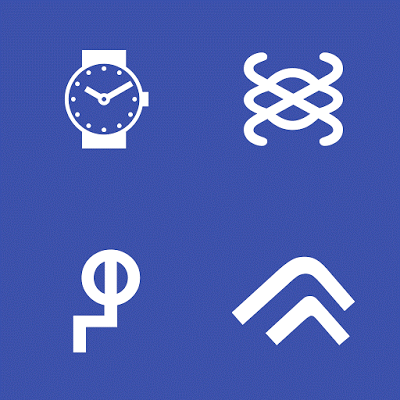Google and Monotype have created Noto Fonts, an open source typeface family that can be used to type in over 800 languages.
Noto Fonts includes a collection of more than 110,000 characters than can be used in 800 different languages, including some dead languages and some relatively rare, such as Canadian Aboriginal and other indigenous languages. All characters packed in Noto were crafted to work with the Unicode standard and are meant to support all languages with a harmonious aesthetic. It is a complete set of fonts with several styles and weights that can be downloaded in Google’s Noto website.

No more tofu
Many times, users find themselves fighting against a strange square symbol that takes the place of a character that does not belong to the computer’s font and it is not in the library of the device. That is “tofu,” the name of the default box that appears in the place of the unknown character.
No more tofu is one of Google’s goals regarding technology and communication. Most font families stick with one single alphabetic script, which can be Latin, Cyrillic, Greek, Armenian, Georgian, Arabic, Hebrew or others. Notu aims to work with all national, regional and minority scripts while still using updated Unicode standards.
Monotype: A key ally
Monotype Imaging Corporation is a major type design and type foundry company that provides all type-related products, technologies, and expertise. They work with designers, engineers, developers and other experts to create technology linked to all writing tools.
With a library of over 20,000 typefaces, the company is the most relevant in the field. Helvetica and Univers, some of the most famous fonts in the world were designed by Monotype. The corporation provides fonts to some of the most relevant companies in the world, such as MasterCard, Nike, Pepsi, IBM, among many others whose fonts are recognized around the world, like Target, L’Oréal, Prada, Pfizer, Ralph Lauren, Tiffany & Co., and Condé Nast Group.

“We’re behind the text you read in newspapers and books, in the apps on your phone, in the websites you browse, on the dashboard you scan, on the goods you buy, and in the games you play. We bring the world’s words to the page and the screen,” said Monotype.
What is Unicode?
The Unicode Standard was developed to encode writing systems, containing a library of characters and symbols from modern and historic scripts. It works as a visual reference to encoding fonts and writing systems with a harmonious method.
The standard aims to unify character sets in computer’s Softwares, becoming the international and multilingual text character encoding system. Unicode has a general style category to encode universal language components that include letters, marks, punctuation, symbols, and separators.
Unicode’s systems and standards are handled by the Unicode Consortium, a nonprofit organization where major technology companies participate. Adobe Systems, Apple, Google, IBM, Microsoft, Oracle, and Yahoo are primary members, considering their interest in using and providing universal text-processing standards.
Written language preservation
Noto has a profound social meaning behind all the technology. The inclusion of so many languages, including those linked to minorities will allow users around the world to get in touch with other cultures and forms of expression.
Also, many users of scripts different to Latin alphabet were mostly abandoned by technology platforms and software and did not receive tech support regarding issues with their fonts when using certain devices with limited font’s libraries.

An example is the Urdu Nastaliq font, mostly used in the Middle East. Users of this font often faced the inability to access the web in their language. Note solves this issue with the inclusion of characters from that font family.
The reliable access to characters from dead or remote languages plays a big role in the preservation of written language. Noto Ogham, a rare collection of characters that can only be found in monuments and documents from the fourth century, is now available to users all over the world. This product is certainly a way to preserve cultural resources and valuable human writing systems in the digital era.
Source: Google
